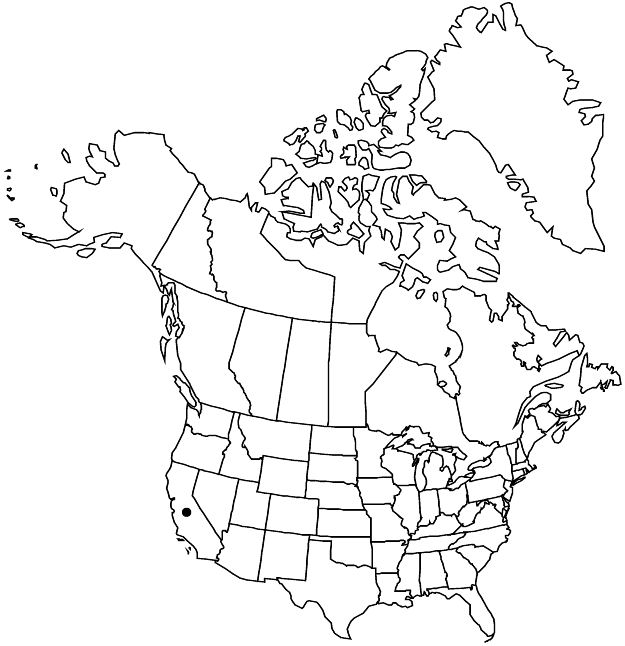Ivesia callida
in N. L. Britton et al., N. Amer. Fl. 22: 286. 1908.
Plants green, ± tufted to matted, often forming hanging clumps, sometimes rosetted. Stems usually pendent or prostrate to ascending, sometimes nearly erect, 0.2–1.5 dm. Basal leaves ± loosely cylindric to weakly planar, 1–7 cm; sheathing base sparsely strigose abaxially; petiole 0.3–3 cm; lateral leaflets (1–) 5–8 per side, slightly overlapping, elliptic to flabellate, 2–6 (–7) mm, incised nearly to base into (0–) 2–4 oblanceolate to elliptic lobes, apex sometimes ± setose, surfaces loosely long-strigose, sparsely glandular; terminal leaflets indistinct. Cauline leaves (1–) 2; blade reduced. Inflorescences 1–10 (–15) -flowered, open, (0.5–) 2–5 cm diam. Pedicels 5–15 mm. Flowers 7–10 mm diam.; epicalyx bractlets 5, narrowly lanceolate, 1.5–3 mm; hypanthium patelliform, 0.5–1 × 2–3 mm; sepals 2–3.5 mm, acute; petals white, obovate, 2–3.5 mm; stamens 20, filaments 1.5–3 mm, anthers maroon, subrotund, 0.2–0.3 mm; carpels 4–8, styles 1.5–1.8 mm. Achenes greenish white to light tan, 1.5 mm, smooth to lightly rugose, ± carunculate.
Phenology: Flowering summer.
Habitat: Crevices of dry, rocky outcrops of granite, sometimes more or less vertical protected cliffs, in montane conifer woodlands
Elevation: 2400–2500 m
Discussion
Of conservation concern.
Ivesia callida occurs in the Tahquitz Peak area of the San Jacinto Wilderness Area, San Jacinto Mountains, Riverside County, where two populations are known (K. Berg 1983). Plants form tight mats in horizontal crevices and loose pendent clumps on vertical rock faces.
Selected References
None.
Lower Taxa
"thin" is not a number."dm" is not declared as a valid unit of measurement for this property."dm" is not declared as a valid unit of measurement for this property."dm" is not declared as a valid unit of measurement for this property.
